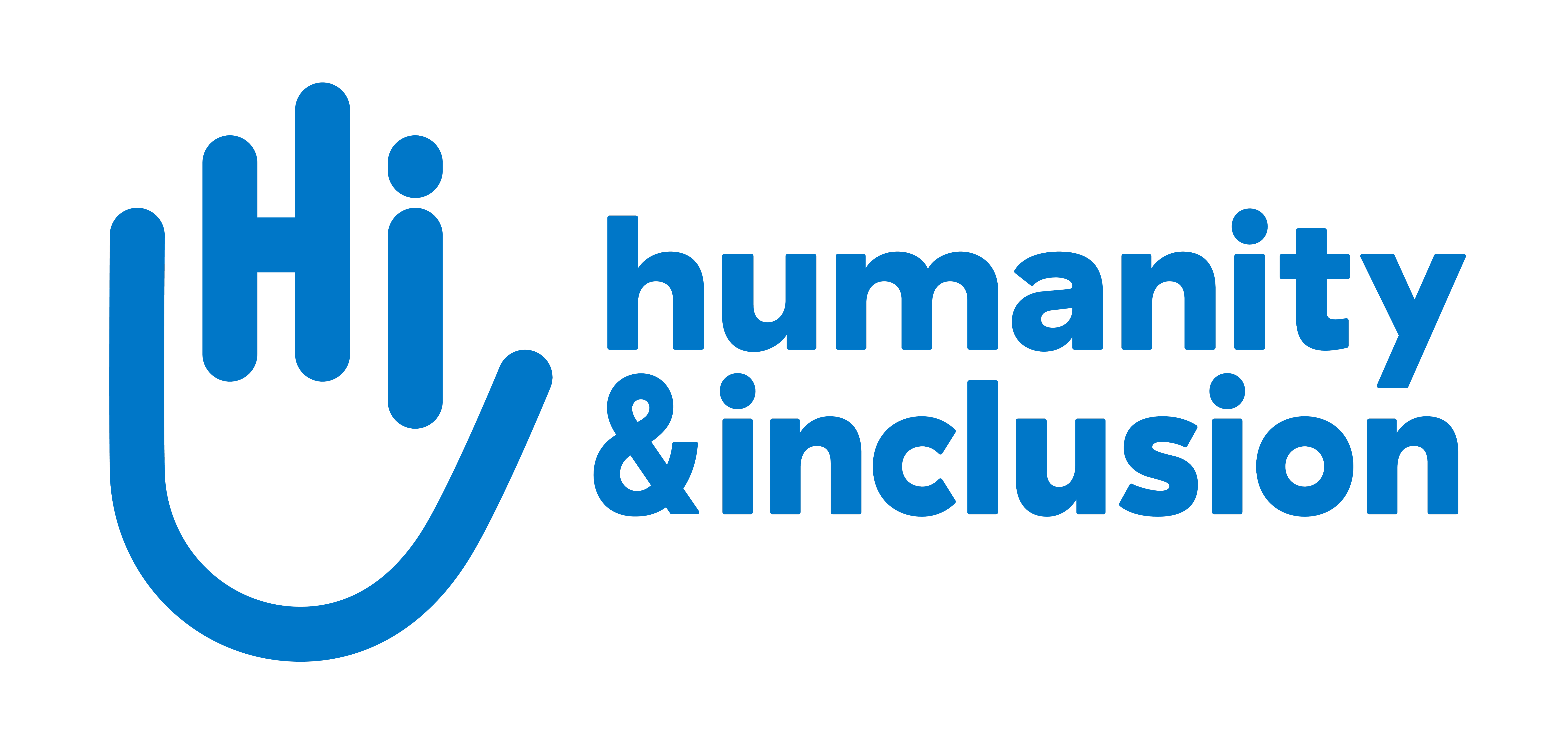Devastating impact of conflict on persons with disabilities living in Lebanon
The latest uptick in violence between Israel and Lebanon is an evident spillover of the war waged on Gaza since October 2023.

Dalal, 8, a child with cerebral palsy, tries her new wheelchair during a physiotherapy session in Lebanon’s Bekaa Valley | © C. Fohlen / HI
The rapid escalation of violence in Lebanon
during September 2024 and continued airstrikes by the Israeli military across Lebanon’s south, Bekaa valley, northern areas of Hermel, as well as parts of Beirut comes with the immediate consequences of hundreds of people killed and injured. People have been displaced in the past months and the wave of forced displacement is even increasing due to the continuous exchange of fire and deliberate attacks in populated areas. Persons with disabilities have been gravely affected by these dynamics, living in inadequate housing, lacking essential services and access to livelihoods and often, during displacement, are left behind.
Humanitarian situation
Before the latest uptick in hostilities began in Lebanon in October 2023, around 3.2 million people were in need of humanitarian assistance, including 1.5 million Syrian refugees and 200,000 Palestinian refugees. According to the OCHA flash update issued on 28 September 2024, the number of casualties has been steadily increasing and presently stands at 10,048, with 1,640 people killed, and 8,408 injured. 211,319 individuals have been internally displaced, many living in makeshift shelters and in harrowing conditions.
Living with disabilities in Lebanon
In Lebanon, persons with disabilities make-up roughly 13% of the overall population with only 7% recorded to have access to protection services. Persons with disabilities in displacement suffer additional challenges; many displaced persons with disabilities face multiple protection risks in all stages of their displacement cycle and are often at a heightened risk of discrimination and exclusion from access to basic services. Furthermore, displaced persons with disabilities are often subject to different forms of abuse, most commonly neglect and separation from caregivers, stress, anxiety and high levels of mental health concerns. Many lack meaningful opportunities, including education and livelihoods, and are often discriminated against based on their disability.





